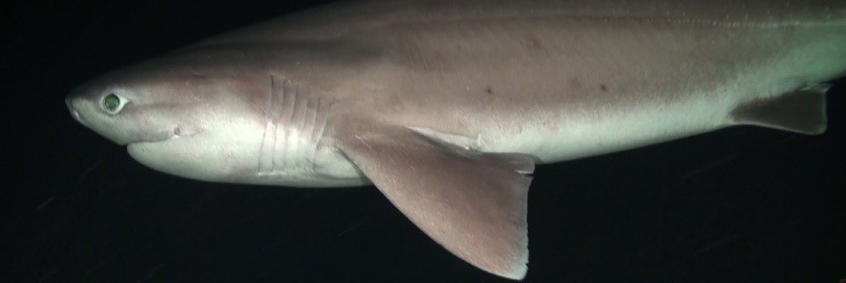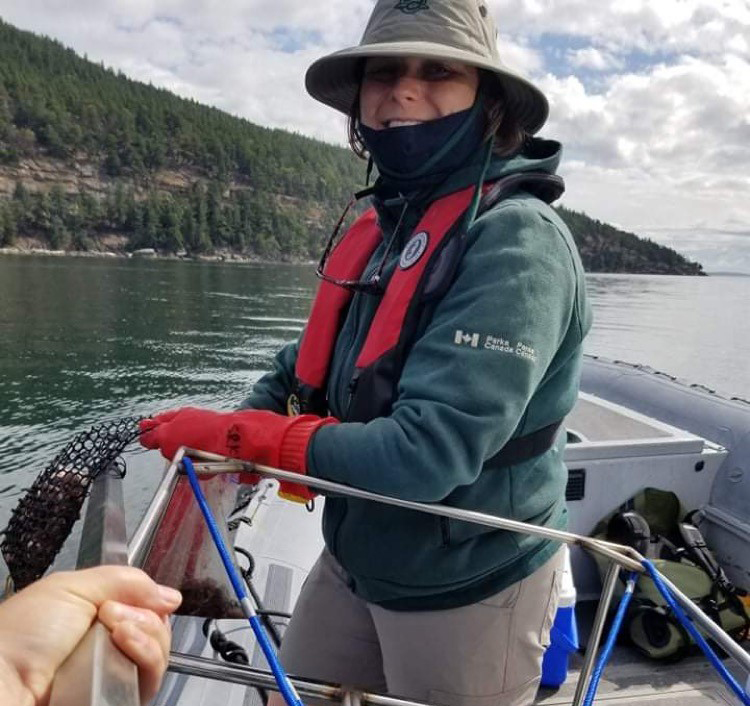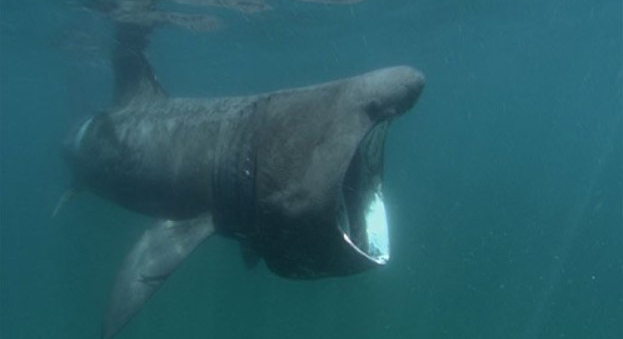
Sharks of the Southern Salish Sea
Gulf Islands National Park Reserve
In Canada’s Pacific Ocean, there are 15 species of sharks, 17 species of skates and rays, and 1 species of chimaera, collectively referred to as Chondrichthyes. These fish all share a unique trait: their skeletons are made up of cartilage, not bone. They are all cartilaginous fish. Many of these species can be found swimming around Gulf Islands National Park Reserve, where the unique combination of rocky shores, kelp and seagrass beds, and variable ocean depths provide ideal habitat. There are several at-risk cartilaginous fishes in British Columbia, including the Basking Shark, Tope Shark and the Bluntnose Sixgill Shark. Parks Canada is working to gain a better understanding of the distribution of sharks, skates and chimaera around Gulf Islands National Park Reserve.Sharks, Skates, and Chimaera in Gulf Islands National Park Reserve
Quick facts
Research Methods
Baited Remote Underwater Video Surveys

Parks Canada researchers use an underwater video technique called “Baited Remote Underwater Video Surveys” (BRUV) to capture footage of sharks and other cartilaginous fishes in Gulf Islands National Park Reserve. Using a large metal cage equipped with waterproof cameras and bait, nearby animals are attracted to the area and captured on camera. The camera footage helps researchers document what kinds of shark, skate, and chimaera species are in the park reserve.
Species Spotlight
Species Spotlight: Basking Shark
(Cetorhinus maximus)

For many visitors to Gulf Islands National Park Reserve, marine mammals are the largest underwater dwellers they encounter while out and about. However, if you’re lucky you might see the second largest fish species, the Basking Shark, in the Salish Sea during its spring/summer migration.
The Basking Shark is a filter feeder. Instead of large teeth, like some of its shark relatives, this friendly giant munches on copepod zooplankton by filtering water through its enormous mouth. This slow growing fish can live up to 50 years old!
Spotting a Basking Shark is a rare experience. As of 2010, Basking Sharks are listed as endangered under the Species at Risk Act (SARA). Parks Canada is part of a larger effort to protect this unique species.
How can you help at-risk Sharks, Skates, and Rays?
Many of these unique species are at-risk. If you are boating, paddling, or diving around Gulf Islands National Park Reserve you may encounter one of them. Take the actions below to protect and support their recovery. Your participation is essential.
- Report sightings to Fisheries and Oceans Canada at 1-877-50-SHARK or sharks@dfo-mpo.gc.ca. Take note of the animal’s characteristics, including color, shape, and size. Your reports contribute directly to research and conservation.
- Maintain a safe distance or minimum 200 meters from sharks, rays, skates, and chimaera at all times. Certain species, like the endangered Basking Shark, are often seriously injured by boat propellers.
- Otherwise, please report any violations or incidents involving sharks, skates, rays, and chimaera (that you observed or were involved in) to Fisheries and Oceans Canada’s 24/7 Observe, Record, Report Line:
- Date modified :